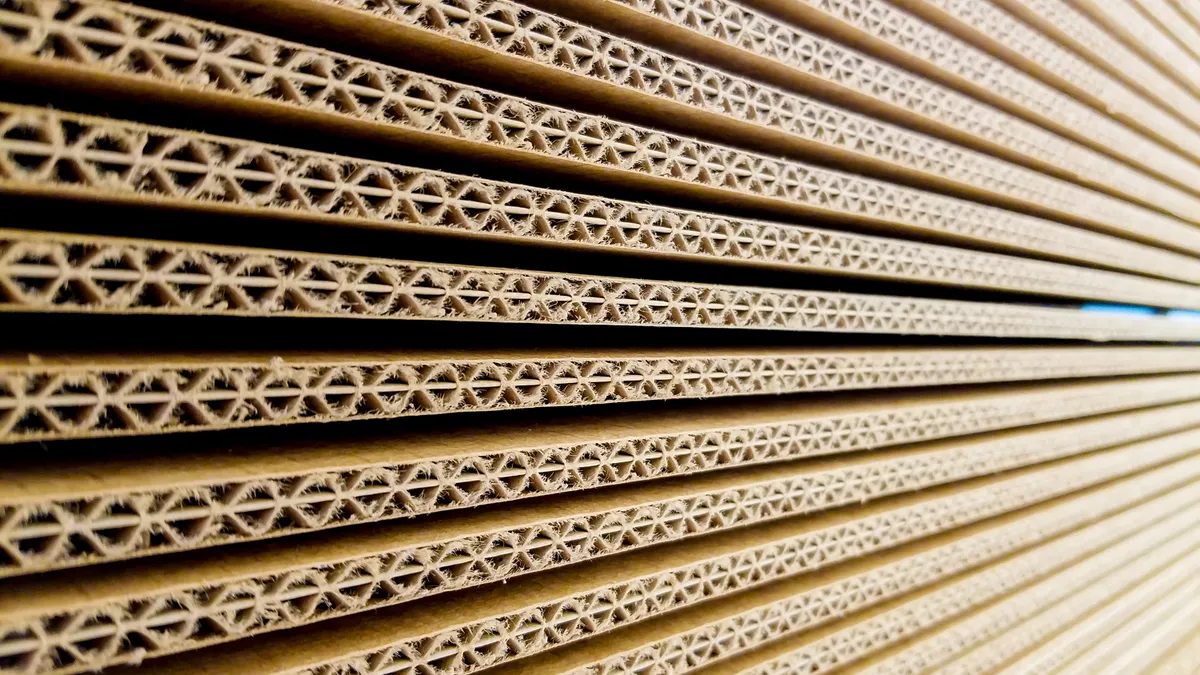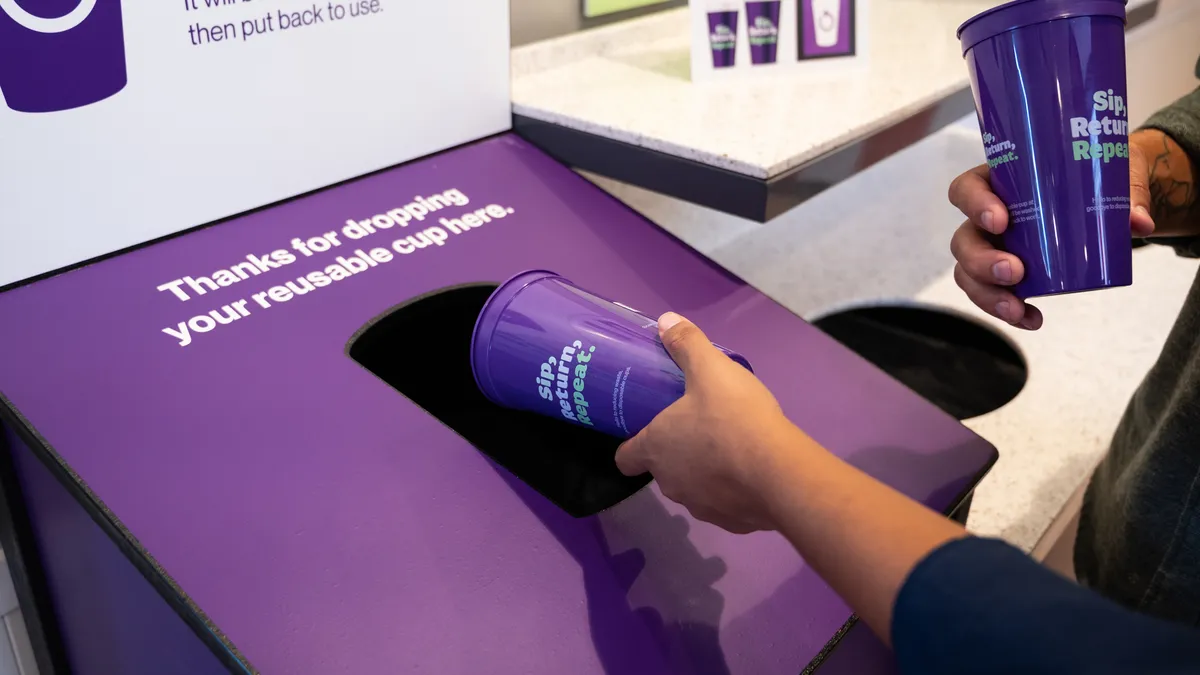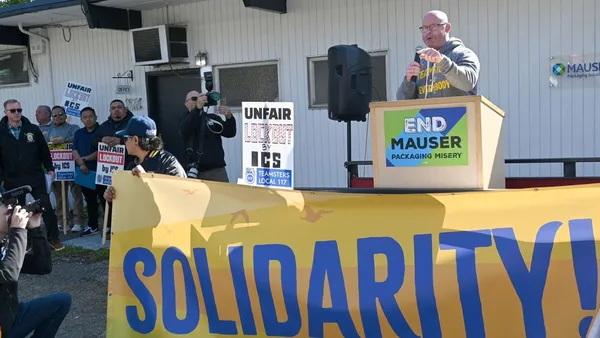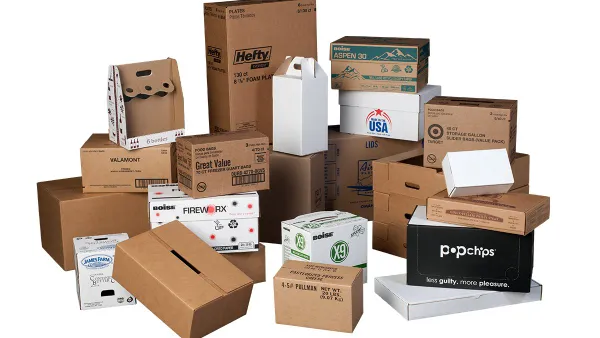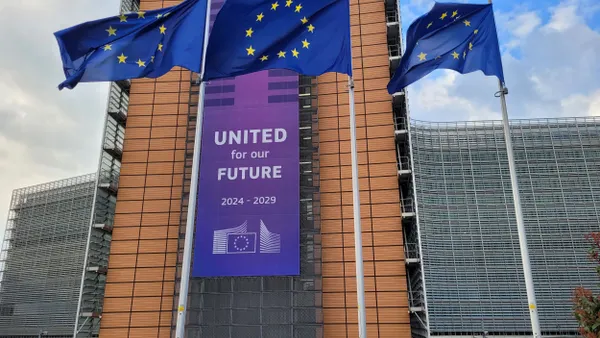As expected, a wave of linerboard price increases is coming in June. Multiple fiber companies are aiming for their second announced bump of the year after the first round only partially took hold, analysts say.
A variety of commodity and financial analysts — including at Fastmarkets RISI, RBC Capital Markets and Truist — confirmed in recent reports that Cascades, Georgia-Pacific, Pratt Industries and WestRock plan to raise domestic linerboard prices June 1.
Barring Cascades, those companies intend for a $50 per ton increase for linerboard and $80 per ton for corrugating material as of June 1; that’s the same as the April prediction that International Paper would raise prices on June 1. Cascades aims for a $60 per ton increase for linerboard and $80 per ton for corrugating material as of June 3, RBC noted in a Sunday note to investors.
This is the second attempt to raise domestic prices in 2024, following about two years of no increases. Five of the six largest North American containerboard and corrugated box companies — Cascades, International Paper, Packaging Corporation of America, Pratt Industries and WestRock — initially announced nearly identical $70/ton to $75/ton price hikes for linerboard effective Jan. 1. Collectively, those five companies comprise nearly 70% of North American containerboard capacity. They subsequently announced price bumps for other grades, and other companies increased their prices as well.
If the new hikes are successfully implemented, they would offer upside to the assumption that pricing would increase more modestly to start 2025, RBC said in a May 9 letter to investors regarding Cascades’ increase.
But announcing an increase and receiving the higher price from customers are different scenarios. Some of the fiber companies’ contracts with customers require significant movement in the Fastmarkets RISI index, which is based on orders in the open market, before their announced bump is recognized.
Fastmarkets RISI showed no price movement during its Jan. 19 monthly pricing report, raising questions about whether fiber companies’ announced increases would stick. Further controversy erupted after Fastmarkets RISI’s Feb. 16 monthly report that showed only partial market recognition of the new prices: about $40 per ton for recycled and kraft linerboard, as opposed to the full $70 to $75 per ton. The index’s most recently released monthly report, in April, showed flat prices.
Michael Roxland, senior paper and packaging analyst at Truist Securities, said in a May 8 letter to investors regarding Pratt’s new price jump, “We believe the increase is due to the lack of full recognition of the previous increases in RISI index pricing and persistent cost inflation, with the latter quoted by Pratt in a letter to customers.”
RBC made similar statements in its May 9 letter. And the lack of market recognition of the full increase is “one of the reasons why our models were signaling this [new] increase,” Ryan Fox, corrugated packaging market analyst at Bloomberg Intelligence, said after Green Markets flagged on April 26 International Paper’s upcoming move. Fox also noted at the time that once one company implements hikes others typically follow: “I feel very confident that we’ll see the rest of them in the next few weeks join the ranks.”
In addition, the independent corrugated box converter survey that Bank of America Global Research released April 11 showed that 70% of respondents anticipated higher pricing over the next 12 months for containerboard, and 71% expected higher pricing for boxes during that same time period; they generally anticipated increase attempts to occur Q2 or Q3.
Generally, industry observers and analysts have said the timing of the price hikes is rather unusual. Demand and production have been weak in recent quarters, but those elements typically are in positive territory when fiber companies raise prices.
Some demand improvement is evident so far in Q2, per recent earnings calls, and the American Forest & Paper Association’s containerboard report for Q1 showed production increased 7% year over year. Still, Q1 brought a 1.1% year-over-year decrease in containerboard shipments, according to the Fibre Box Association, and Fox called that quarter “the worst shipping quarter in eight years.”
But just as Pratt referenced cost inflation in its price increase announcement this month, executives at several leading fiber companies also cited it as a factor driving up operating costs despite lagging demand and production in recent quarters. Roxland noted that prices for OCC, a major feedstock, have increased approximately 255% since January 2023.



